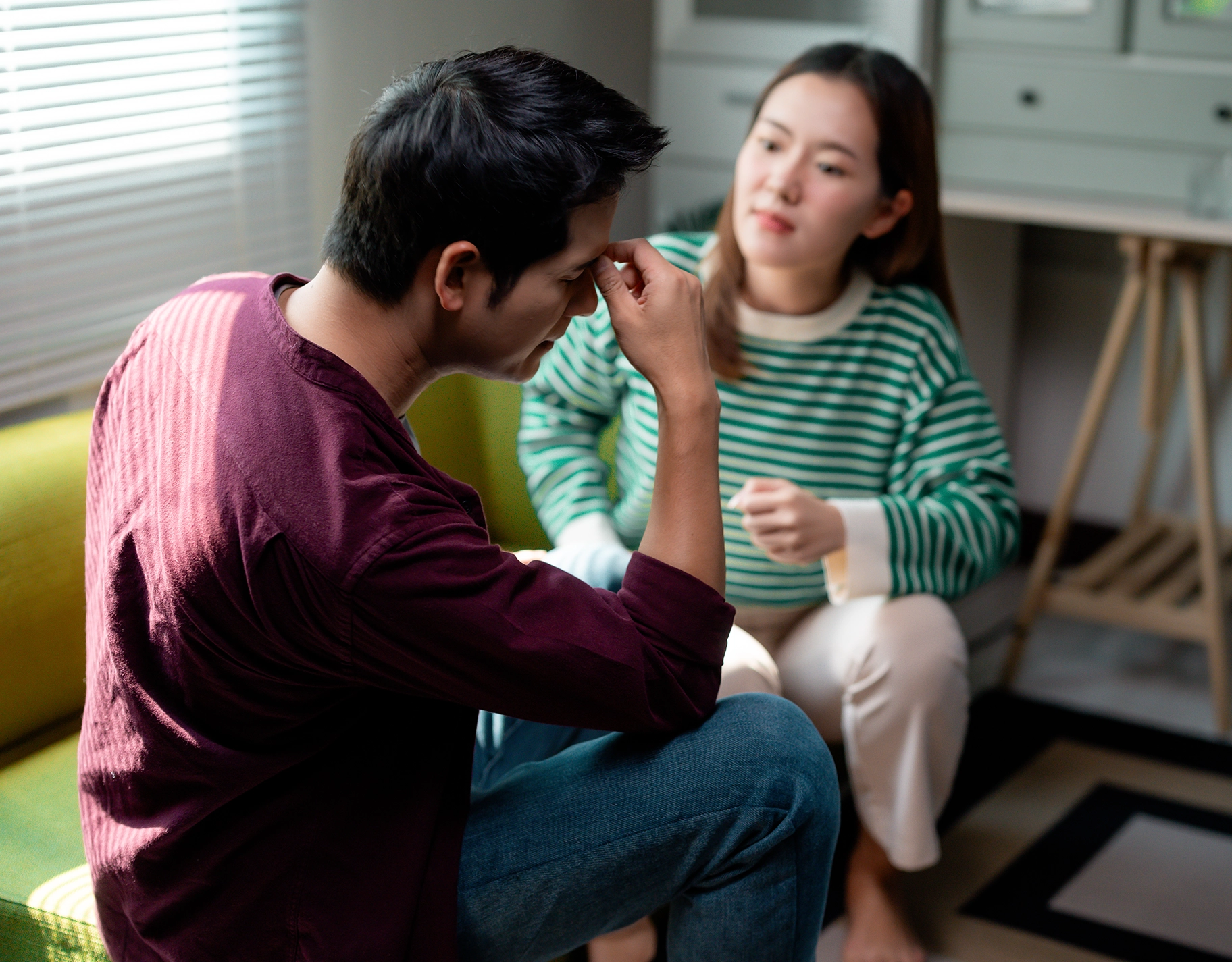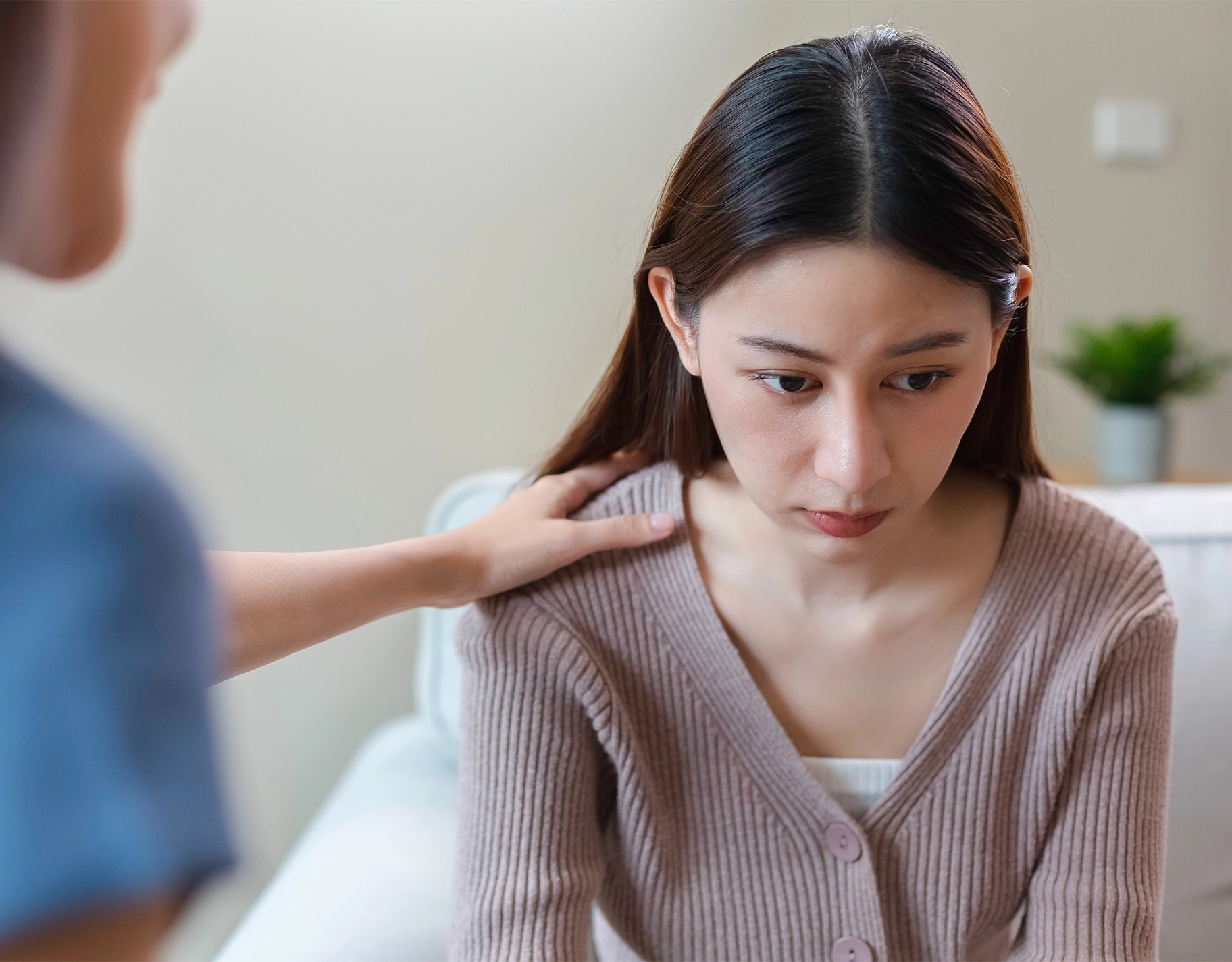When Domestic Violence Isn’t Just Physical: Other Forms Families Should Be Aware Of
No family should have to spend the rest of their lives afraid of an abuser and of domestic violence
Domestic violence. We often have a mental picture of bruises, broken bones, lashes, and visible scars. However, abuse isn’t just physically affecting. It’s also mentally altering; those who become victims of abuse silence themselves out of survival and sometimes, “out of love”—to protect the other members of the home who can’t fend for themselves.
But what a lot of people don’t realize is that physical abuse is when things have already “escalated.” Their initial forms of violence don’t leave a mark on the skin. These forms of abuse often go unnoticed, excused, or misinterpreted as “normal” parts of family life.
Parents, caregivers, and even children should learn how to recognize these signs. Not only because it protects them, but also because every family deserves a chance to live a life filled with love, respect, and safety.

Beyond the Bruises: The Many Faces of Domestic Violence
1. Emotional Abuse
As one of the most overlooked yet most destructive forms of violence, emotional abuse changes the mind with subtle barbs and jabs. Constant unconstructive and unwarranted criticism, belittling remarks, humiliation, gaslighting, or withholding affection—while these are the most common ones, backstabbing is also another form of emotional abuse. Over time, it chips away at a person’s confidence and sense of self-worth.
2. Verbal Abuse
Words can cut deeply. Insults, threats, yelling, name-calling, and even “jokes” at someone’s expense may leave invisible wounds. Oftentimes, abusers who resort to verbal abuse will also deny accountability and rationalize. They rarely apologize for it as well.
Verbal sparring is also quite common in Philippine culture. However, it’s often disguised as a “joke” and many of the younger ones simply roll with it to preserve the peace. Unfortunately, children exposed to such behavior may grow up believing that cruelty is normal in relationships.
3. Financial Abuse
Control over money is another powerful tool. By restricting one’s access to money, stopping them from working, demanding they consult on every expense, or forcing them to account for everything, it forces them to be dependent. It also makes it harder for victims to leave unsafe environments.
It’s why most moms and wives nowadays always advise women to have their own money.
4. Digital Abuse
In today’s connected world, abuse can also happen online. Monitoring social media, demanding passwords, spreading rumors, or using technology to harass are all ways an abuser may try to exert control.
5. Social Isolation
Victims and their peers alike don’t usually notice the social isolation until much later. First, it’s just a few “nos” before they just stop inviting altogether. But in cases like these, always invite. We never know what’s going on. And in a lot of cases, dragging them out in spite of said “no” can save their lives, especially if we have the gut feeling that something’s up.

Domestic Violence is never obvious
Whenever people respond to domestic violence, it’s only because it’s already too late or it has escalated to levels where the victim is already near certain death. But the signs were already there: anxiety, depression, poor self-esteem, and difficulty forming healthy relationships—these, if left untreated, can shape future relationships.
In the Philippines, most domestic abuse cases are often linked to substance abuse and gambling. Substance abuse, like alcoholism and drug abuse, can turn people into “monsters”—in these reported cases, the abuser is male (Jardin and Jalauge, 2022; Labrague Jr, Quilatan, Cabaguing, Cañal, 2022; Puno, Kim, Jeong, Kim, and Kim, 2023; Kibtiah and Tuharea, 2024).
However, females are just as capable of abuse, but instead use more emotional tactics. Threatening to commit suicide, cheating, belittling, and social isolation are the usual tactics. If ever there is anything physical, the wounds are often so small that most male partners simply “self-medicate” (Badua-Oquendo, Beronio, Ferolino, Rocaberte, 2023; Poticano and Sasot, 2024).
That’s why it’s essential for parents, educators, and community members to talk openly about these issues. Understanding that abuse is more than physical allows families to intervene earlier, protect one another, and break cycles before they continue into the next generation.
What Families Can Do
- Know the signs. Abuse doesn’t always look like violence—it can sound like insults or feel like being controlled.
- Encourage open conversations. Create a safe space for kids and loved ones to share what they’re experiencing or observing.
- Seek help. Hotlines, counseling, and support groups exist for both victims and families. In the Philippines, the DSWD and PNP Women and Children Protection Desks can be first points of contact.
- Model respect at home. Our children learn about relationships by watching us. Showing them healthy communication and mutual respect plants seeds for the future.
No one should have to live in fear at home
In the United States, since 1987, October has served as their National Domestic Violence Awareness Month. Whereas, the Philippines usually holds it as an 18-day campaign from November 25 to December 12, usually led by the Philippine Commission on Women.
But domestic violence has no holidays. It happens anytime and usually at home.
Domestic violence isn’t always visible, but it is always damaging. By opening our eyes to its many forms, we protect not only ourselves but also the little ones watching from the sidelines. Love should never hurt—physically, emotionally, or otherwise.
References
Badua-Oquendo, D. J. D., Beronio, B. C., Ferolino, F. A. B., & Rocaberte, R. D. Z. (2023). Understanding the lived experiences of Filipino male victims of domestic violence. Asian Journal of Resilience, 5(1), 41-62.
Jardin, R. A., & Jaluague, J. A. (2022). Inner Strength and Coping Strategies of Women Victims of Domestic Violence in Cebu City, Philippines. Human Behavior, Development & Society, 23(3).
Kibtiah, T. M., & Tuharea, N. D. (2024). Violence against women in the Philippines based on the ecological framework. Asian Women, 40(4), 31-54.
Labrague Jr, A. A., Quilatan, J. A., Cabaguing, A., & Cañal, M. (2022). Gender-based violence: A case study in Samar, Philippines. International Journal of Social Science and Human Research, 5(5), 1712-1716.
Poticano, M. Z., & Sasot, C. F. (2024). FOUCAULDIAN DISCOURSE ANALYSIS OF BATTERED MEN IN THE PHILIPPINES.
Puno, A., Kim, R., Jeong, J., Kim, J., & Kim, R. (2023). Intergenerational transmission of intimate partner violence among women: Evidence from the 2017 Philippines National Demographic and Health Survey. SSM-Population Health, 23, 101392.
FAQs About Domestic Violence Beyond the Physical
If you constantly feel belittled, controlled, threatened, or cut off from resources and loved ones, that may already be abuse. Abuse is about power and control—not just physical harm.
Yes. Children absorb the environment around them. Witnessing constant shouting, manipulation, or fear can deeply impact their mental health and shape how they view relationships later in life.
Listen without judgment, offer emotional support, and share resources such as local hotlines or shelters. Don’t pressure them to leave immediately—safety planning is crucial.
If you’re married and suspect a friend or relative may be experiencing abuse, talk about it with your spouse, especially if you’re planning to actively help. Helping them will also put you in the abuser’s line of sight and can endanger your family.
Yes. The Anti-Violence Against Women and Their Children Act (RA 9262) covers physical, sexual, psychological, and economic abuse. This means even non-physical violence is recognized by law.
You can reach out to the DSWD, Barangay VAW Desks, or the PNP Women and Children Protection Center. There are also NGOs and support groups that offer counseling and shelter services for victims and families.
More stories about domestic abuse?
Gender Based Violence: Take A Stand and Speak Up Now
Sunshine Cruz on Single Motherhood and Healing
How Parents’ Relationship Affect Their Kids’ View On Love









